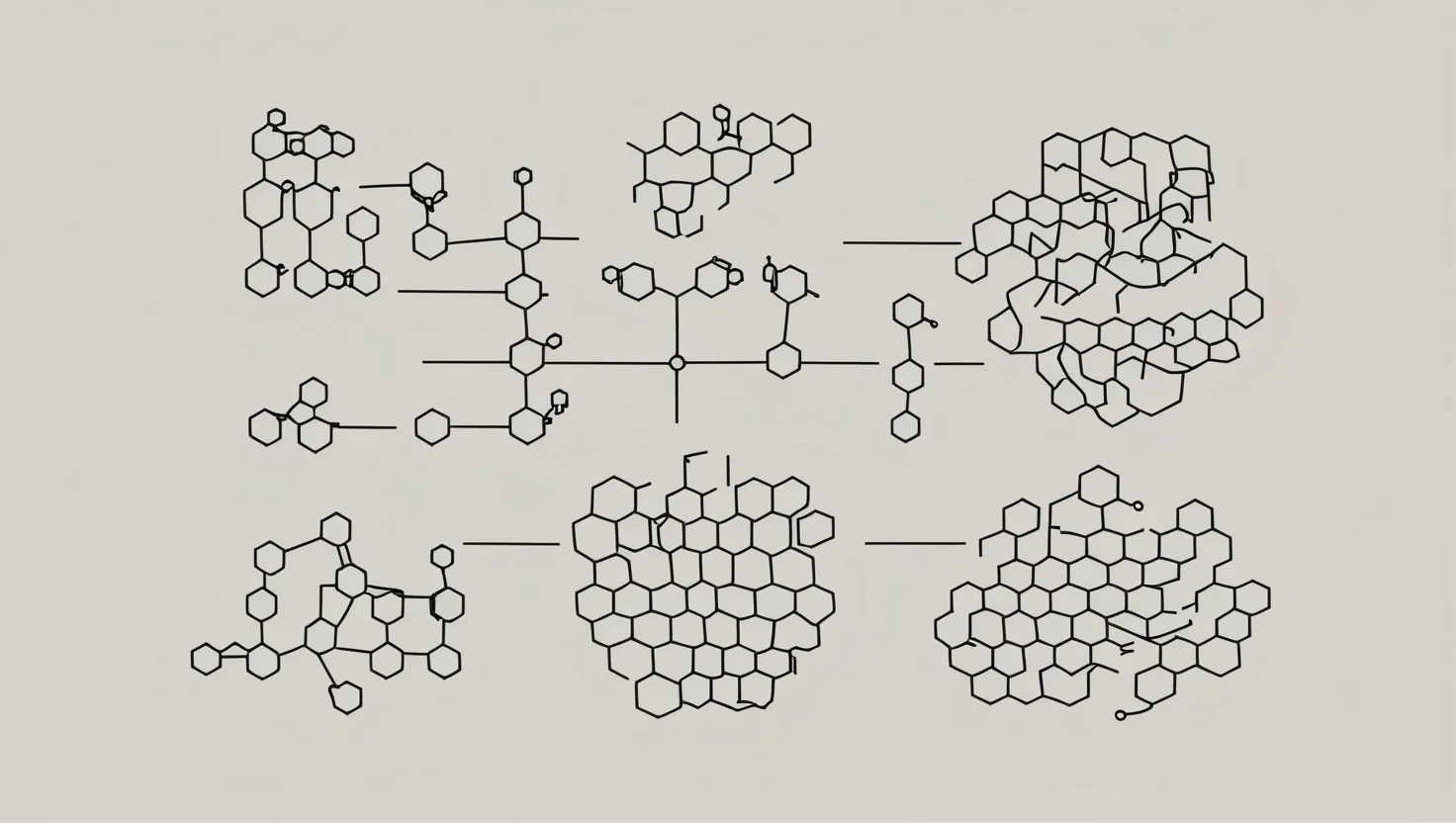Magnetic Nanoparticles: The Tiny Warriors in the Battle Against Bacterial Infections
In the world of medical research, there’s a new hero on the scene, and it’s smaller than you might imagine. We’re talking about magnetic nanoparticles, or MNPs for short. These microscopic marvels are shaking up how we detect and fight bacterial infections, and they’re doing it in style.
Now, you might be wondering, “What’s the big deal about some tiny particles?” Well, let me tell you, these little guys are packing a serious punch in the fight against harmful bacteria. And trust me, we need all the help we can get.
You see, bacterial infections are no joke. They’re like uninvited guests that crash your body’s party and refuse to leave. What’s worse, some of these bacteria are getting smarter, developing resistance to our usual weapons - antibiotics. It’s like they’ve got their own bulletproof vests. Scientists are predicting that if we don’t step up our game, these super-bugs could be causing 10 million deaths a year by 2050. That’s a pretty scary thought, right?
This is where our tiny heroes come in. Magnetic nanoparticles are like the special forces of the medical world. They’re small, they’re smart, and they’re incredibly effective at finding and fighting bacteria.
So, what makes these particles so special? Well, for starters, they’re magnetic (surprise, surprise!). But it’s not just about being attracted to magnets. Scientists can customize these particles, adding special molecules to their surface that act like a bacteria-seeking missile. These added bits could be antibodies, antibiotics, or even tiny virus-like organisms called bacteriophages that naturally hunt bacteria.
Imagine you’re trying to find a specific person in a crowded stadium. That’s kind of what it’s like trying to detect harmful bacteria in our bodies or in our food and water. But with MNPs, it’s like giving that person a brightly colored shirt and a giant flashing sign. They become much easier to spot and separate from the crowd.
Let’s say you’ve got some drinking water that might be contaminated with bacteria. You could add these smart nanoparticles to the water, and they’d latch onto any bad bacteria present. Then, with a simple magnet, you could pull out all the nanoparticles - along with the bacteria they’ve caught. It’s like fishing, but on a microscopic scale!
But wait, there’s more! (I know, I sound like a late-night infomercial, but I promise this is way cooler.) These nanoparticles aren’t just good at finding bacteria; they’re also great at helping us see them.
Scientists have developed some pretty nifty detection techniques using MNPs. One of these is called surface-enhanced Raman spectroscopy, or SERS. Don’t worry about the fancy name; just know that it’s incredibly sensitive. How sensitive? Well, it can detect as few as 10 bacterial cells in a milliliter of liquid. That’s like finding a needle in a haystack, if the needle was microscopic and the haystack was Olympic-sized swimming pool!
Another cool technique uses nanoparticles that can essentially “light up” when they find bacteria. It’s called fluorescence resonance energy transfer, and it can spot E. coli (you know, the bacteria that sometimes makes you sick from undercooked meat) at levels as low as 100 cells per milliliter. And it does this in just an hour! Compare that to traditional methods that can take days, and you can see why scientists are so excited.
Now, here’s where things get really interesting. Remember how I said these nanoparticles were smart? Well, they’re so smart that some bacteria have actually started making them on their own! There’s a group of bacteria called magnetotactic bacteria that naturally produce magnetic nanoparticles. It’s like they’ve got their own built-in compass.
Scientists are studying these bacteria to learn how to make even better nanoparticles. The ones made by bacteria are often more uniform in size and shape than the ones we can make in a lab, and they’re also more compatible with living things. There’s even a type of bacteria called Pseudomonas aeruginosa that can be coaxed into making magnetic nanoparticles under the right conditions.
But finding and detecting bacteria is only half the battle. What about actually fighting them off? Well, our tiny warriors have that covered too.
Imagine if you could deliver antibiotics directly to the site of an infection, instead of flooding your whole body with them. That’s exactly what MNPs can do. They can be loaded up with antibiotics and then guided to where they’re needed most. It’s like having a targeted missile instead of carpet-bombing the whole area.
And if that wasn’t cool enough, these nanoparticles can also fight bacteria with heat. In a technique called magnetic hyperthermia, the nanoparticles are heated up using a magnetic field. When they’re attached to bacteria, this heat can kill the bacteria without harming the surrounding healthy cells. It’s like giving the bacteria a fever they can’t recover from.
Of course, like any new technology, there are some challenges to overcome. One of the main issues is making sure the nanoparticles can move efficiently through tiny channels, like the ones in our bodies or in the devices used to detect bacteria. Scientists are working on this problem by tweaking the design of these devices and experimenting with different types of magnetic materials.
They’re even developing ways to separate different types of bacteria at the same time. Imagine being able to pluck out E. coli and Salmonella from the same sample, using nanoparticles with different magnetic strengths. It’s like having a sorting hat for bacteria!
As we dive deeper into this tiny world, the possibilities seem endless. These magnetic nanoparticles are opening up new frontiers in how we detect and treat bacterial infections. They’re giving us hope in the fight against antibiotic-resistant superbugs and paving the way for more targeted, effective treatments.
In a world where technology and biology are becoming increasingly intertwined, magnetic nanoparticles are a shining example of how thinking small can lead to big breakthroughs. They’re the tiny warriors on the frontlines of medical research, battling to keep us healthy in ways we could only dream of a few decades ago.
So the next time you hear about nanoparticles, remember: these microscopic marvels are out there, working hard to keep us safe from harmful bacteria. They may be small, but their impact on our health and our future could be enormous. In the end, it just goes to show that sometimes the biggest heroes come in the smallest packages.






